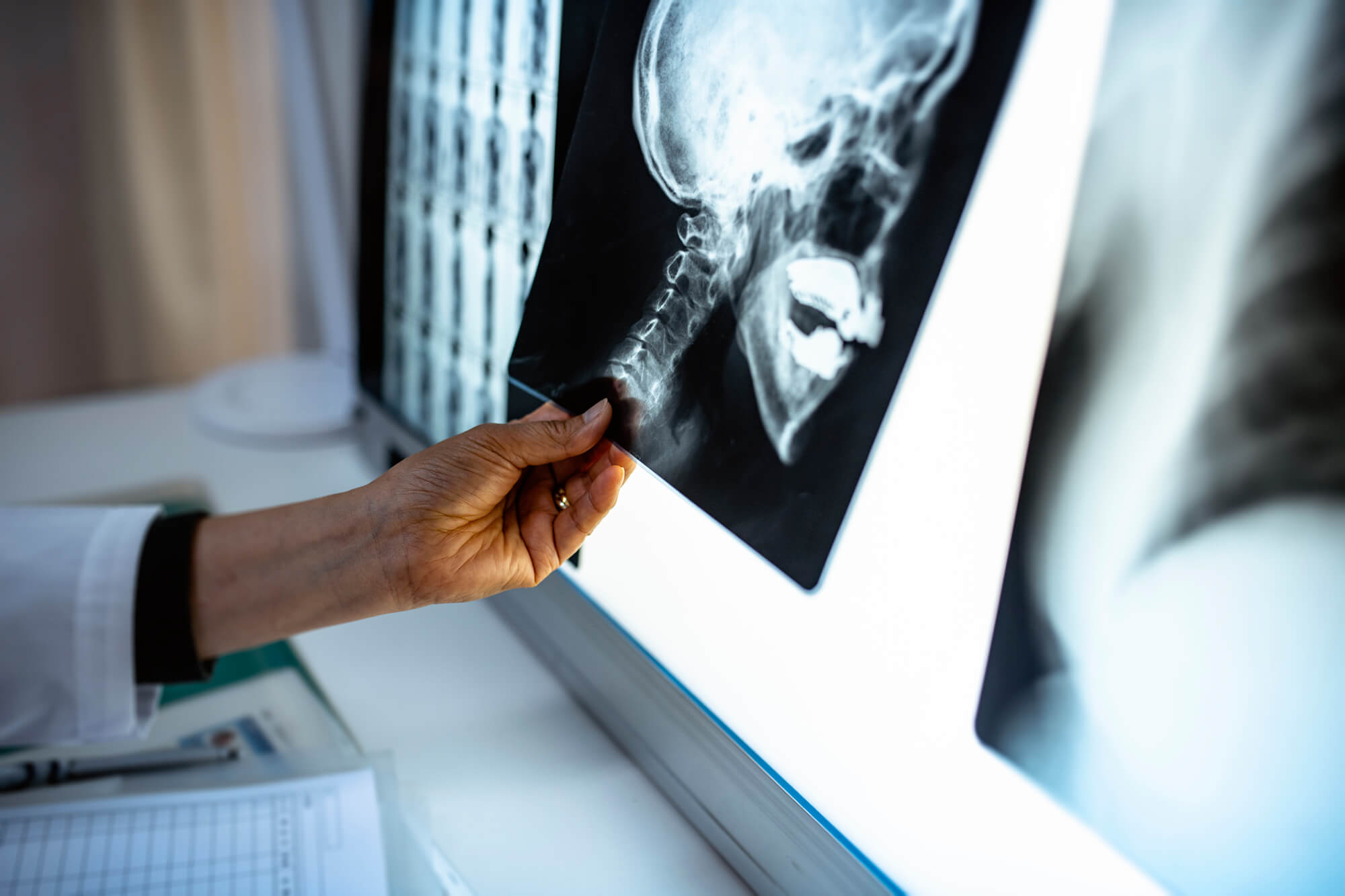Many people who survive squamous cell cancers of the head and neck (HNSCC) experience difficulty eating and drinking. The problem goes beyond the survivors’ active disease state and into recovery, where it continues to negatively affect their quality of life. HNSCC is the seventh most common cancer worldwide. These cancers are usually found in the oral cavity, pharynx, and larynx. Although often attributed to alcohol and tobacco use in the past, many malignancies seen today result from exposure to the human papillomavirus (HPV).
Treatment plans for HNSCC include combination regimens such as chemoradiation or single therapy such as surgery or radiation by itself. Taste dysfunction is one of the most common adverse effects patients report after treatment, and it has a significant impact on patients’ quality of life.
M. Yanina Pepino, PhD, professor of Food Science and Human Nutrition at the University of Illinois Urbana-Champaign, and her colleagues recently conducted a study on the long-term effects of HNSCC treatment. Their goal was to determine when and if senses of taste and smell fully recover after treatment is completed. Most sensory evaluation studies reported the difficulty in taste and smell should be expected to resolve within several months after cessation of treatment; however, many survivors report continued taste dysfunction more than 6 months after treatment completion.
For this study, Dr Pepino and her group recruited 40 survivors of HNSCC who had been treated with radiation therapy between 6 months and 10 years prior to recruitment. A control group of 20 healthy persons who were equivalent in age, sex, race, smoking history, and body mass index to the study group also were recruited.
Taste stimuli were solutions with strawberry extract (sweet) and lemon extract (sour), sodium chloride in a vegetable broth (salty), coffee (bitter), and deionized water as a blank. Taste quality and intensity was measured using whole mouth and regional methods. For the whole mouth method, participants were asked to swish the taste sample around in their mouths for approximately 5 seconds before spitting it out. Participants performed this without a nose clip and with one, to exclude the stimulation of smell. For the regional evaluation, a team member soaked a cotton swab with stimulus and applied it encircling the tip of the patient’s tongue.
Study results demonstrated subtle differences in taste perception over the long term in the HNSCC survivors compared with the control group. The whole mouth tests suggested that taste function was normal in the study group. However, some taste deficits became evident with the regional tests. The survivors had difficulty perceiving low concentrations of stimuli for bitter, sweet, and salty tastes in the front of the tongue. This lasted for several months after treatment was completed.
The researchers suggest that a deficit in taste on the tip of the tongue but normal in the whole mouth indicates localized damage to the chorda tympani or the taste buds in the fungiform papillae. Any part of the area tested can be damaged by chemotherapy or surgery, as well as radiation therapy.
“The concurrent presentation of smell and taste stimuli in the mouth resulted in mutual enhancements of perceived taste and smell intensity,” noted the researchers. Thus, when the participants did not use the nose clip, they perceived the sucrose solutions to be sweeter, and citric acid solutions to be more sour. The senses of smell and taste are often synergistic.
This study also evaluated sense of smell. The University of Pennsylvania Smell Identification Test (UPSIT) was used to measure smell. UPSIT utilizes 40 small boxes containing microencapsulated common odors. Participants would scratch off the box to release the odor, sniff the box, and identify the descriptor that matched the perceived smell. This enabled the researchers to evaluate survivors’ sense of smell separately from their sense of taste, demonstrating that in some patients smell was slightly impaired by the cancer and/or its treatment.
These results suggest persistent and subtle damage occurs, which may explain why survivors complain of sensory loss long after completing radiation therapy, concluded the researchers.
Reference
Alfaro R, Crowder S, Sarma KP, Arthur AE, Pepino MY. Taste and smell function in head and neck cancer survivors. Chem Senses. 2021;46:bjab026. doi:10.1093/chemse/bjab026
